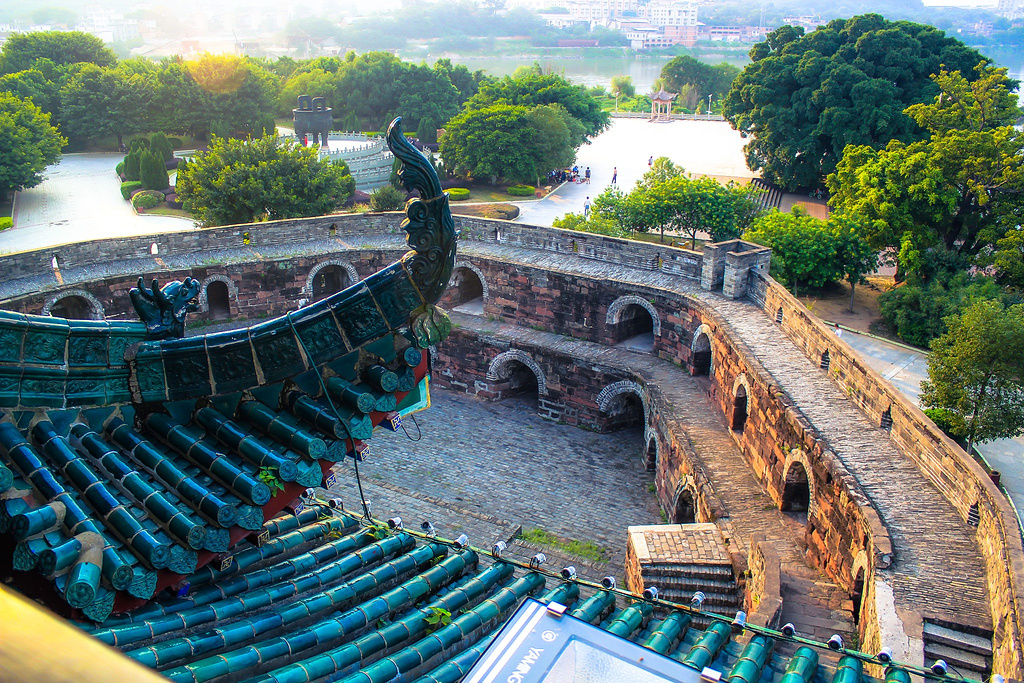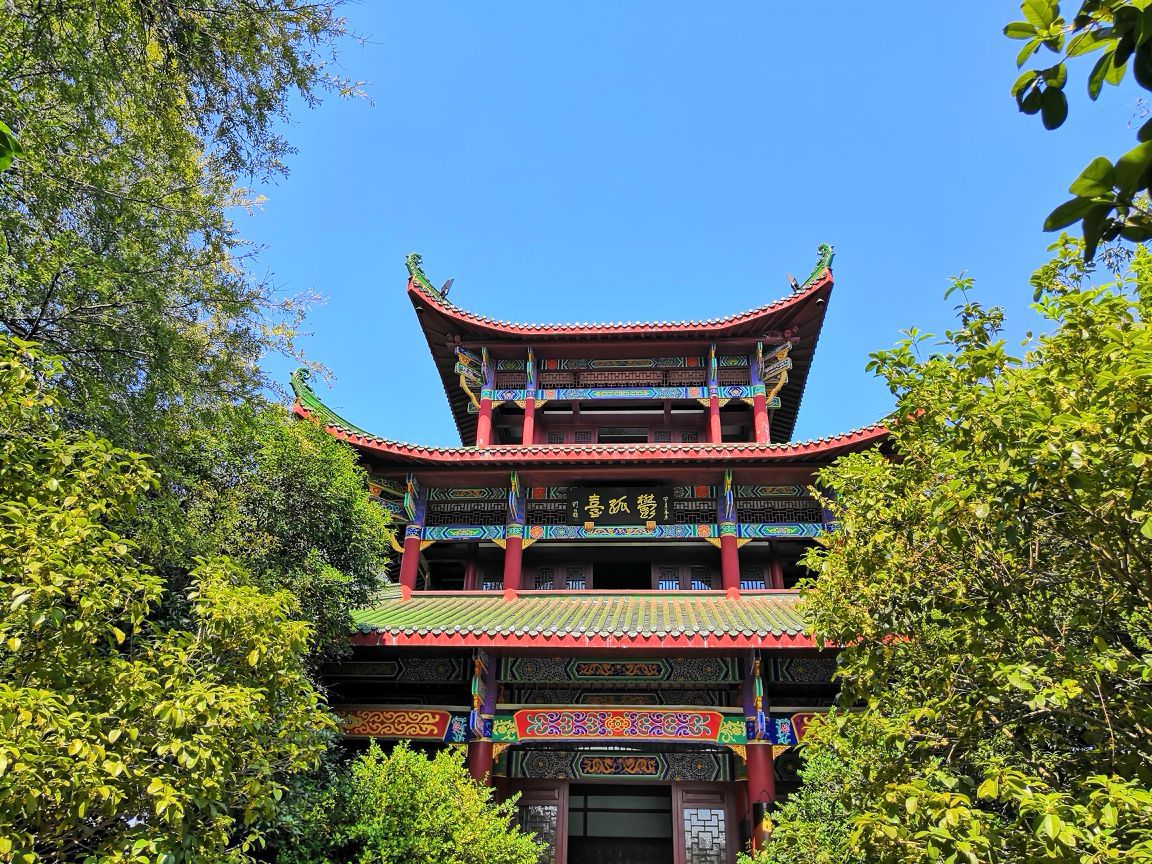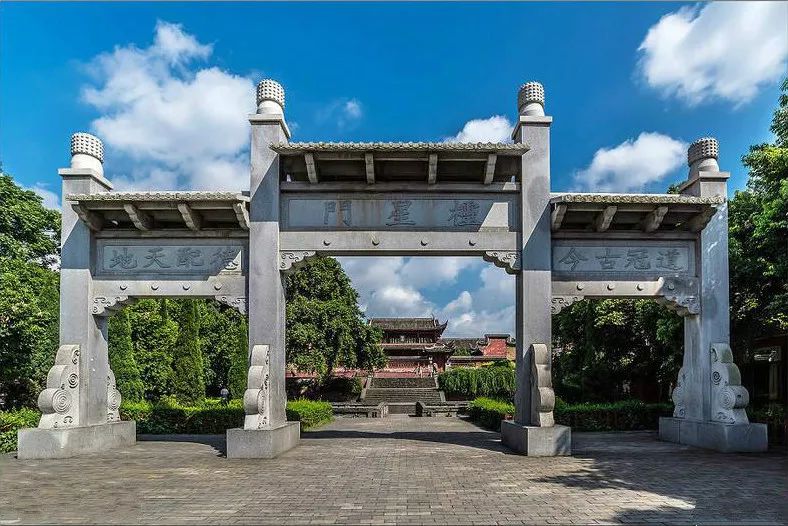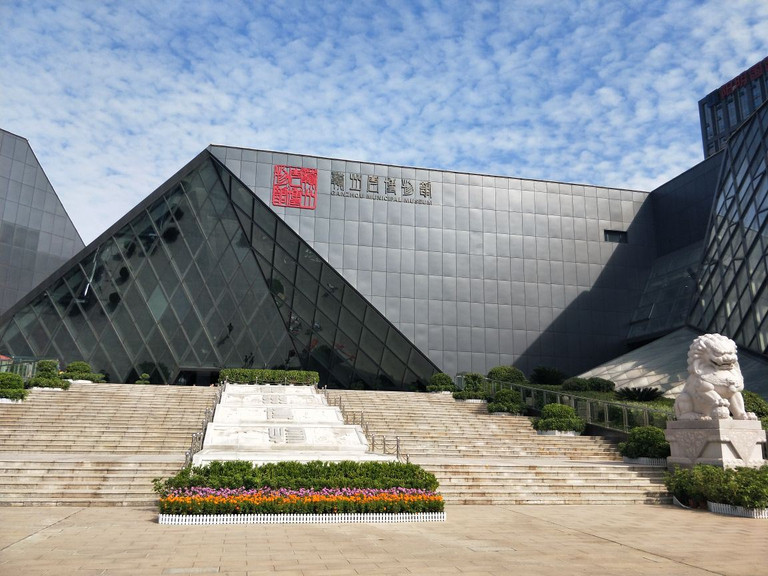Ganzhou, a new weekend travel destination
Writer: Yu Yuanfan | Editor: Stephanie Yang | From: Shenzhen Daily | Updated: 2021-12-22
A+ A- Print
The operation of the Ganzhou-Shenzhen High-speed Railway earlier this month has cut the travel time between Shenzhen and Ganzhou in Jiangxi Province from seven hours to merely two hours. For avid travelers who are looking for weekend traveling destinations, Ganzhou is an option you should not miss.
Located at the southern tip of Jiangxi Province and bordering Guangdong Province’s Meizhou, Heyuan and Shaoguan, Ganzhou boasts abundant places of interest with many dating back to the Song Dynasty (960-1279). They are, however, just part of the reasons why the city is nicknamed “Songcheng” (City of Song): several parts of the city still keep the layout as they were in the Song Dynasty; a part of its urban drainage system, which was built in the Song Dynasty, still functions to protect the city from floods; and equally important, the city was where many poets in the Song Dynasty got inspired for some of their most famous works.
Interested in what cities in the Song Dynasty were like? Ganzhou provides a close answer.
Ancient city walls

One of the most well-known historic sites in Ganzhou, the 3.6-kilometer-long, seven-meter-high ancient city walls were first built in the Tang Dynasty (618-907) and underwent massive expansion in the Song Dynasty. Historians have identified inscriptions on tens of thousands of bricks making up the walls that indicate when and where they were made, the earliest dating back to 1069. In November 1996, the ancient city walls were designated a national cultural heritage protection unit by the State Council.
Yugu Platform (Yugutai)
Although reaching a height of only 131 meters, the Yugu Platform, built on the top of Helan Hill, was the highest point in the area during the Song Dynasty from where visitors could get a view of the whole city. The platform’s longstanding fame is largely attributed to its appearance in “Pusaman,” a poem by Southern Song Dynasty (1127-1279) poet Xin Qiji. Although today’s Yugu Platform is a version rebuilt in 1983 and is dwarfed by some newer structures, it still attracts visitors who take an interest in the source of inspiration of the great poem.
Confucius Temple (Wenmiao)

The Confucius Temple in Ganzhou is the largest among its peers in Jiangxi Province. Back to the Qing Dynasty (1644-1911), this is where people came to worship Confucius and where a school established by the government was located. The temple features some wooden structures whose eaves and roof ridges are decorated not only with tiles but also with ceramic pieces, an architecture decoration style found only in certain parts of Jiangxi.
Ganzhou Museum

Wishing to know more about Ganzhou after visiting local scenic spots? The Ganzhou Museum provides an overview of the city. Opened in 2016, the museum’s three permanent exhibition halls feature the city’s Hakka heritage and its economic and cultural development over its more than 2,000 years of history, the changes of the local natural environment, and the city’s once prosperous ceramic producing industry, respectively.
For travelers who wish to explore more than Ganzhou’s city center, the Bailu Ancient Village around 60 kilometers away from the city center is a good choice. The village is dotted with nearly 100 structures dating back to the Ming and Qing dynasties including family dwellings with courtyards, ancestral temples, halls for embroidery and a drama stage. If you have no problem understanding Chinese, your fun will be doubled by hiring a villager as your guide to show you around the village and tell you the lesser-known stories about it.